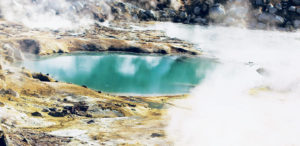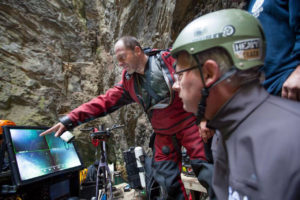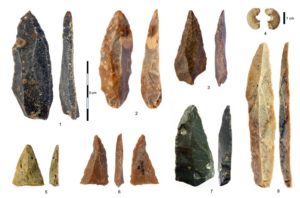by E. Stokstad, Apr 15, 2025 in Science
For a century, scientists have searched for a titan lurking in the oceans’ depths: a squid that can weigh up to half a ton. Now, a team of researchers has revealed the first video ever taken of this enormous predator, the colossal squid (Mesonychoteuthis hamiltoni), in its natural deep-water habitat—and managed to spot the animal in its youth.
“We get to introduce the live colossal squid to the world as this beautiful, little, delicate animal,” Kat Bolstad, an Auckland University of Technology biologist who helped confirm the squid’s identity, said during a 15 April press conference. She adds that the find “highlights the magnificence of a lot of deep-sea creatures without some of that monster hype.”
The minuteslong footage of the elusive species, the largest known invertebrate, comes from a team of biologists who filmed it on 9 March in the South Atlantic Ocean as part of an expedition to survey marine life aboard the Schmidt Ocean Institute’s R/V Falkor (too). During the vessel’s stop near the South Sandwich Islands, the researchers deployed a remotely operated vehicle to a depth of 600 meters and livestreamed its video feed.
…











